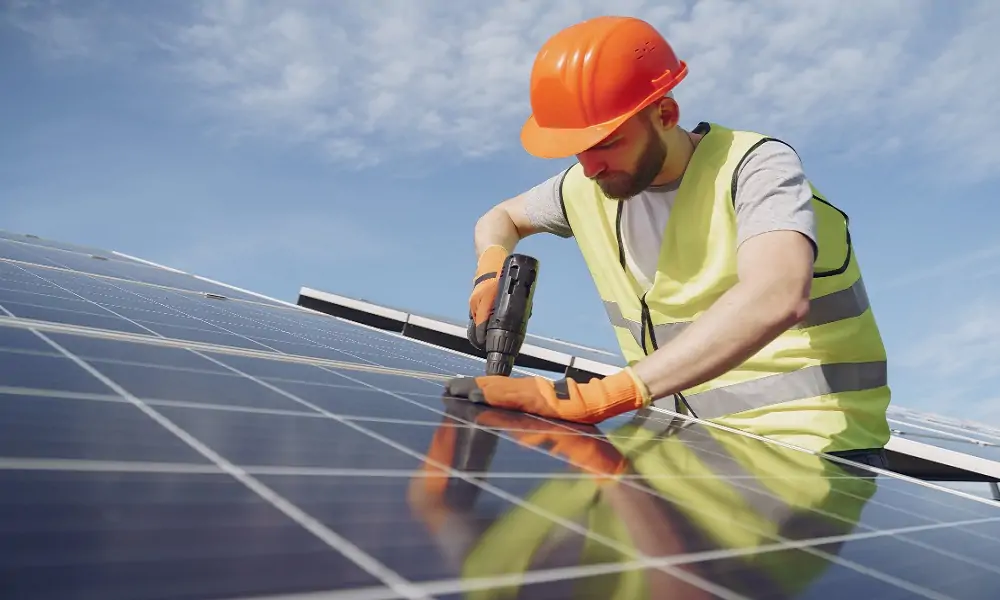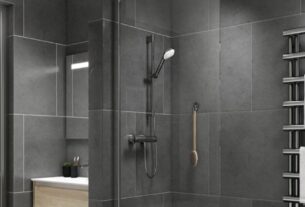The weather influences solar panel installation schedules and project completion dates. Seasonal variations, precipitation patterns, and extreme weather events significantly delay or accelerate solar projects. Installers must carefully monitor meteorological forecasts and adjust their work schedules accordingly to ensure safe installation practices and optimal system performance.
Seasonal weather impacts
Installation of solar panels in different seasons presents unique challenges and opportunities. The nixa solar installation teams recognize that seasonal planning is essential for meeting project deadlines.
- Spring and fall typically offer ideal conditions with moderate temperatures, lower humidity, and stable weather patterns that allow for consistent work progress.
- Summer installations face challenges from extreme heat that can make rooftop work dangerous for installers and affect equipment handling.
- Winter installations contend with shorter daylight hours, potential snow accumulation, and freezing temperatures that complicate mounting procedures.
Weather variability during transition seasons requires flexible scheduling approaches. Installers often batch projects during favorable weather windows to maximize productivity while maintaining safety standards throughout the installation process.
Rain and moisture delays
Precipitation creates immediate safety hazards and technical complications that halt solar installation work. Wet roofing surfaces become extremely slippery, making it unsafe for installation crews to work at heights. Moisture also interferes with proper sealant application and electrical connections that require dry conditions. Rain delays extend beyond the actual precipitation period, as rooftops must dry completely before work can resume safely. This drying time varies based on temperature, humidity, and wind conditions. Installers typically wait 24-48 hours after significant rainfall before resuming rooftop activities. Extended rainy periods during spring and fall can compress installation schedules into narrower weather windows. Solar companies often maintain backup project queues to shift resources between jobs based on weather conditions at different locations.
Wind speed restrictions
High winds pose serious safety risks for solar installers working on rooftops and handling large solar panels. Most installation companies establish wind speed limits that trigger work stoppages, typically ranging from 15 to 25 mph sustained winds. Wind affects different aspects of installation work differently. Panel handling becomes dangerous at lower wind speeds than electrical work, allowing installers to continue certain indoor tasks while suspending rooftop activities. Crane operations for ground-mount systems have even stricter wind limitations. Gusty conditions require constant monitoring throughout the work day, as wind speeds can change rapidly and unexpectedly. Installation supervisors use portable weather monitoring equipment to make real-time safety decisions about continuing or suspending work activities.
Temperature extreme considerations
- Extreme temperatures affect both worker safety and equipment performance during solar installations. High temperatures above 95°F create heat stress risks for installers and can damage sensitive electronic components during handling.
- Cold temperatures below freezing complicate sealant applications, battery installations, and equipment connections that require specific temperature ranges for proper function. Some installation materials become brittle in cold weather, requiring special handling procedures.
Temperature swings also affect roof expansion and contraction, influencing the precision required for mounting point measurements and panel alignment. Installers often schedule temperature-sensitive work during optimal daily temperature windows.
Storm and severe weather planning
Severe weather events require comprehensive project protection measures and can cause significant timeline disruptions. Installers must secure partially completed installations before storms arrive, which involves additional labor and material costs.
- Lightning risks halt all rooftop work during thunderstorms and require extended safety periods after storms pass
- Hail threats necessitate protecting installed panels and equipment with temporary coverings
- High wind warnings trigger complete work stoppages and equipment securing procedures
- Tornado watches require evacuation of elevated work areas and job site shutdown protocols
Post-storm damage assessments reveal the need for repairs or reinstallation of damaged components, further extending project timelines. To maintain project momentum, solar installers need to develop comprehensive weather management strategies that prioritize worker safety.





